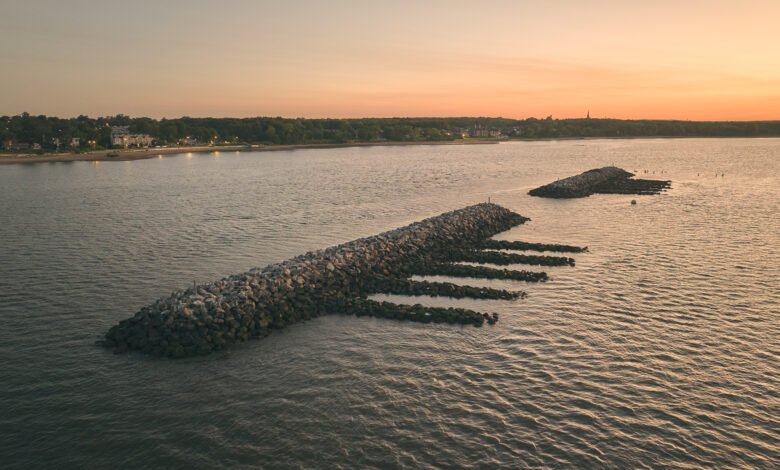

After over a decade of effort, a coastal resilience project designed to protect Staten Island shores with livable habitats for sea creatures is complete. Gov. Kathy Hochul on Friday announced the completion of Living Breakwaters, an $111 million project creating 2,400 feet of breakwaters to safeguard homes and businesses in Tottenville from future extreme weather events. The project features eight partially submerged structures that will break storm waves, decrease erosion, and serve as habitats for marine life.
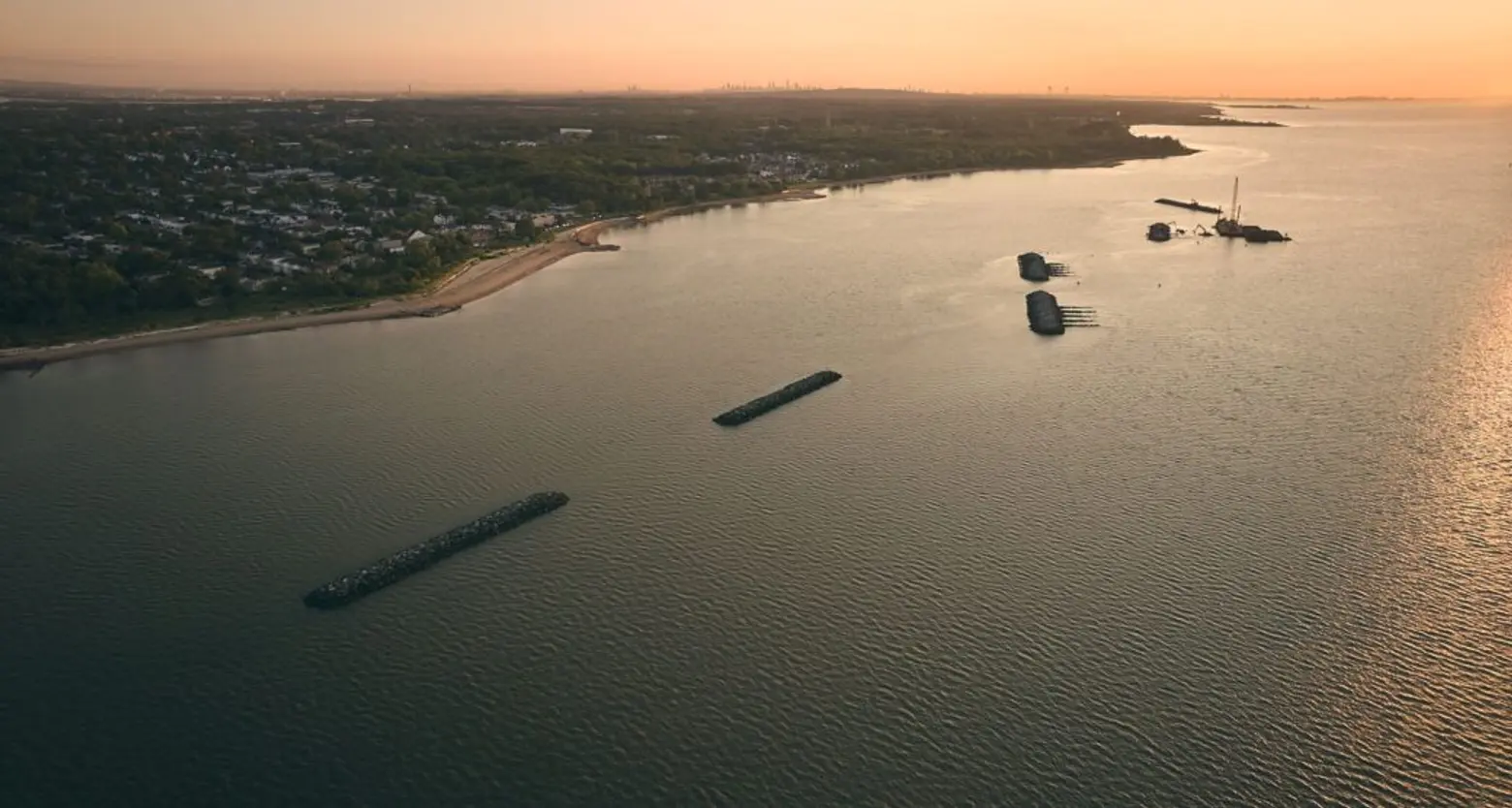
Living Breakwaters was proposed and designed by an acclaimed team of architects, engineers, and ecologists led by SCAPE Landscape Architecture. The team worked with the city’s Parks Department to review the proposal and monitor shoreline changes over time.
The project was a winning proposal from the Rebuild by Design competition, hosted in response to Superstorm Sandy and launched by the U.S. Department of Housing and Urban Development (HUD) in 2013. It builds on New York’s climate change resilience efforts, aiming for economy-wide carbon neutrality by 2050.
“Climate adaptation for the next century requires bold thinking on how people and nature can coexist in cities, and resilient design that combines nature-based infrastructure and community stewardship,” Kate Orff, founding principal at SCAPE Architecture, said.
“Living Breakwaters revives our harbor ecosystems, reduces risk and inspires action. This project has been 10 years in the making and has involved hundreds of dedicated collaborators and community members. I’m excited to build on what we’ve learned together to accelerate implementation of nature-based infrastructure at many scales to meet the moment.”
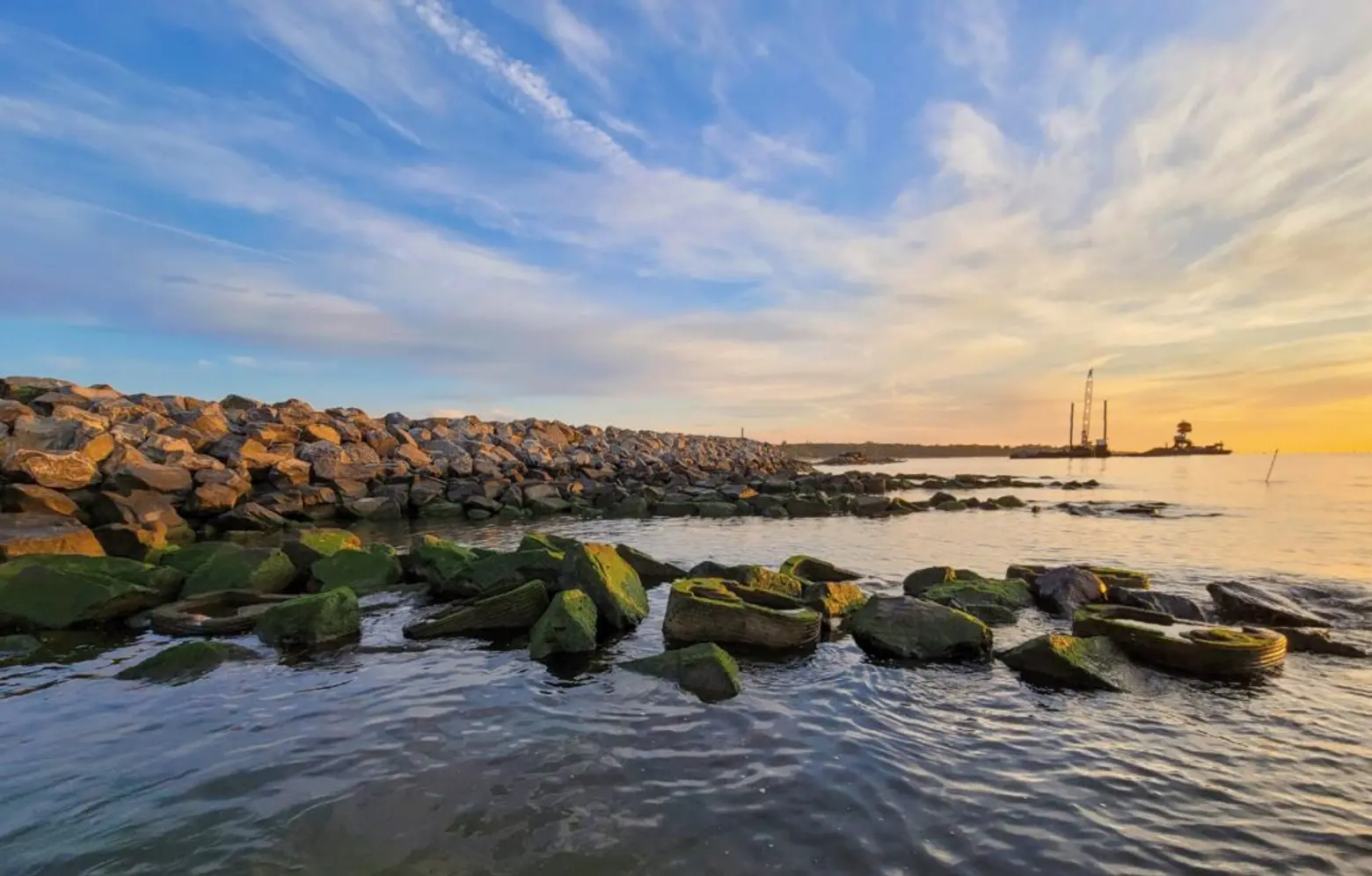
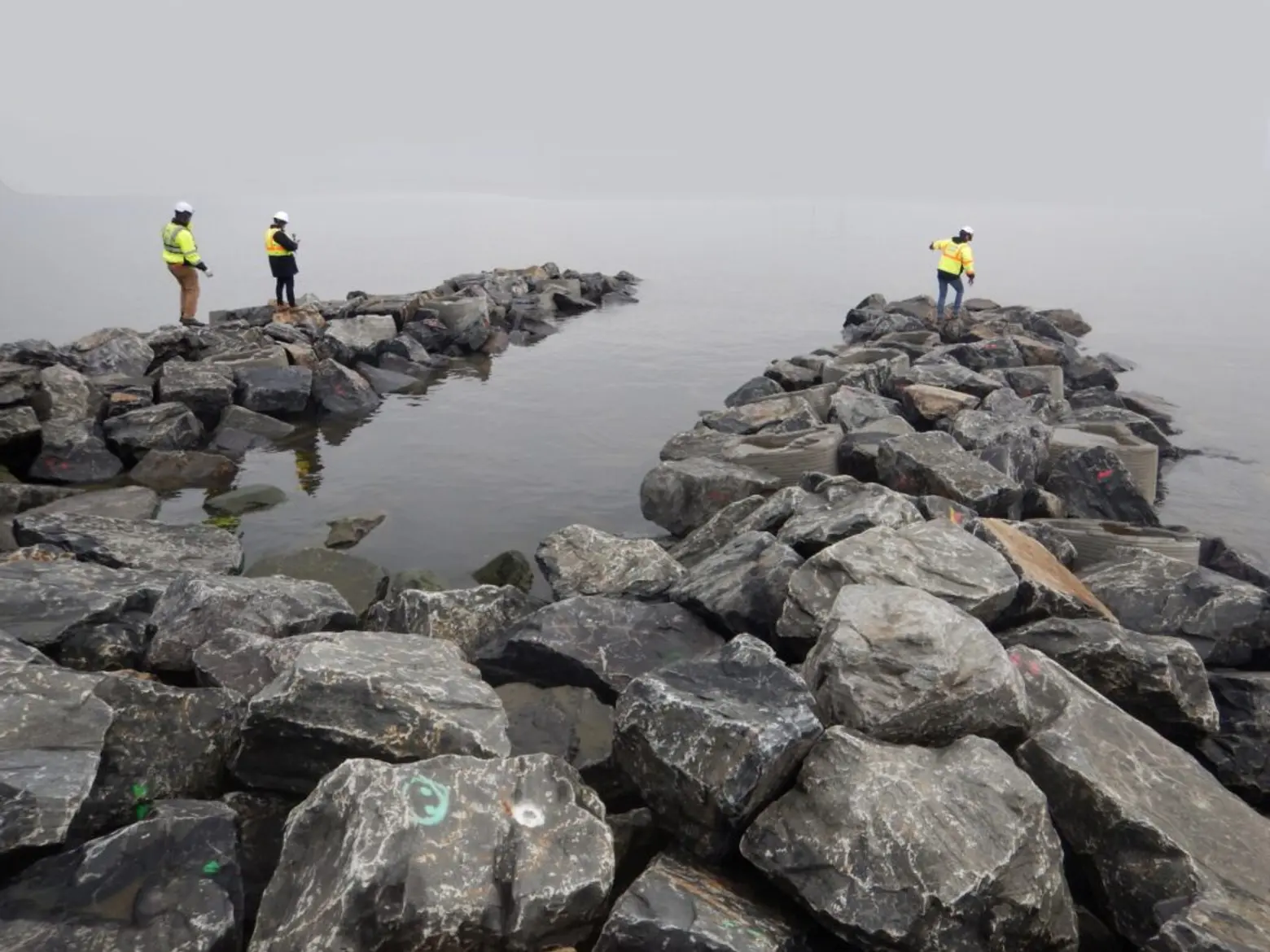
Living Breakwaters aims to combine coastal resiliency efforts and habitat enhancements, establishing a network of “nature-based infrastructure” that not only protects the shoreline but also improves the aquatic ecosystem of Raritan Bay.
The breakwaters were designed using advanced hydrodynamic modeling to reduce wave heights reaching buildings and roads in the low-lying community to under three feet. Additionally, they slow the flow of sediment along the shore, reversing decades of erosion and restoring the beachfront.

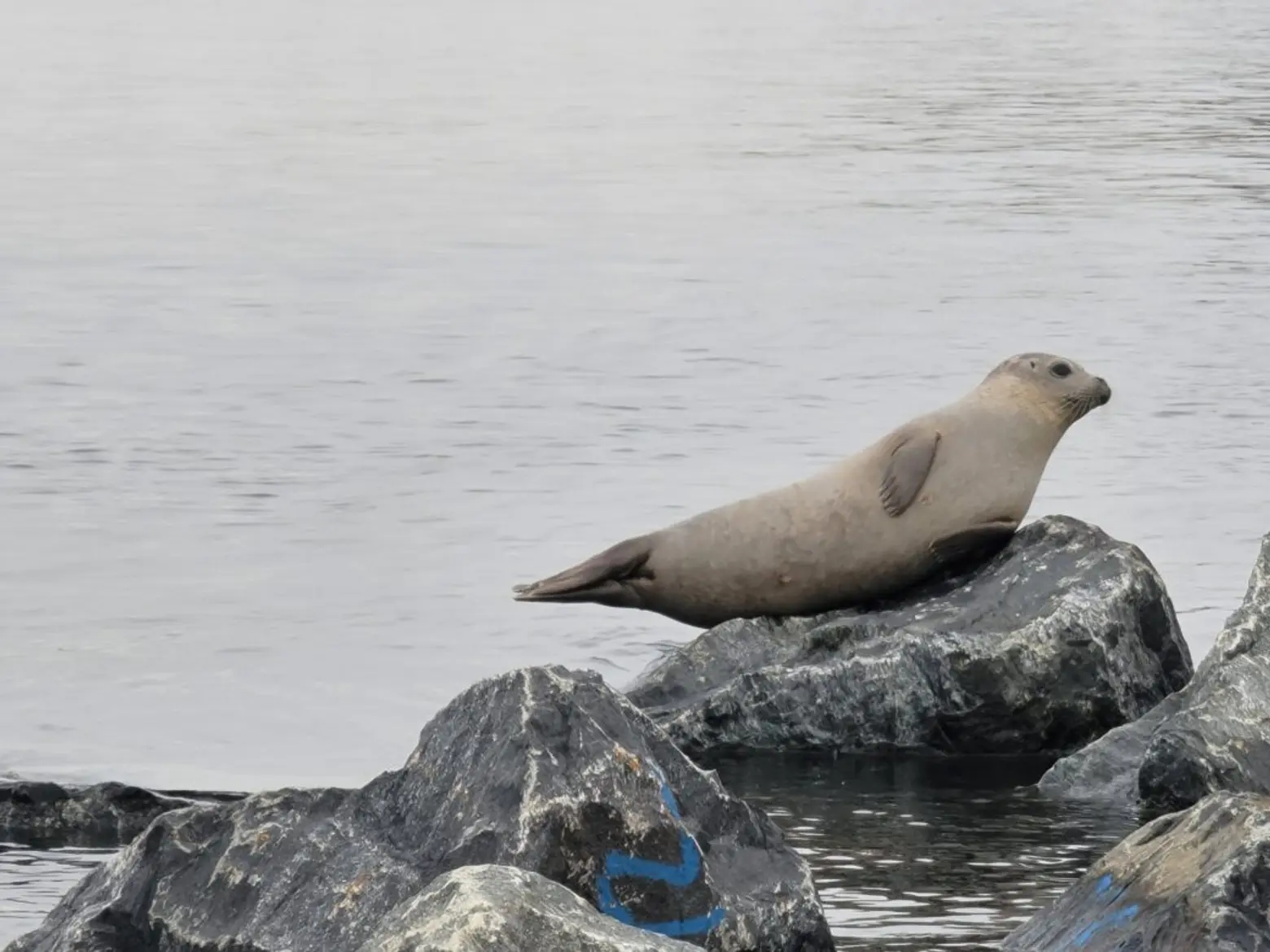
They also provide aquatic habitats, improving biodiversity and restoring ecosystem benefits once provided by oyster reefs in Raritan Bay. Featuring “reef ridges,” which are rocky edges on the ocean-facing sides, and “reef streets,” which are narrow gaps between the ridges, these structures provide habitats for marine life to thrive.
Wildlife has already started inhabiting the breakwaters, including shore birds, seals, crabs, mussels, barnacles, sea sponges, and numerous fish species.
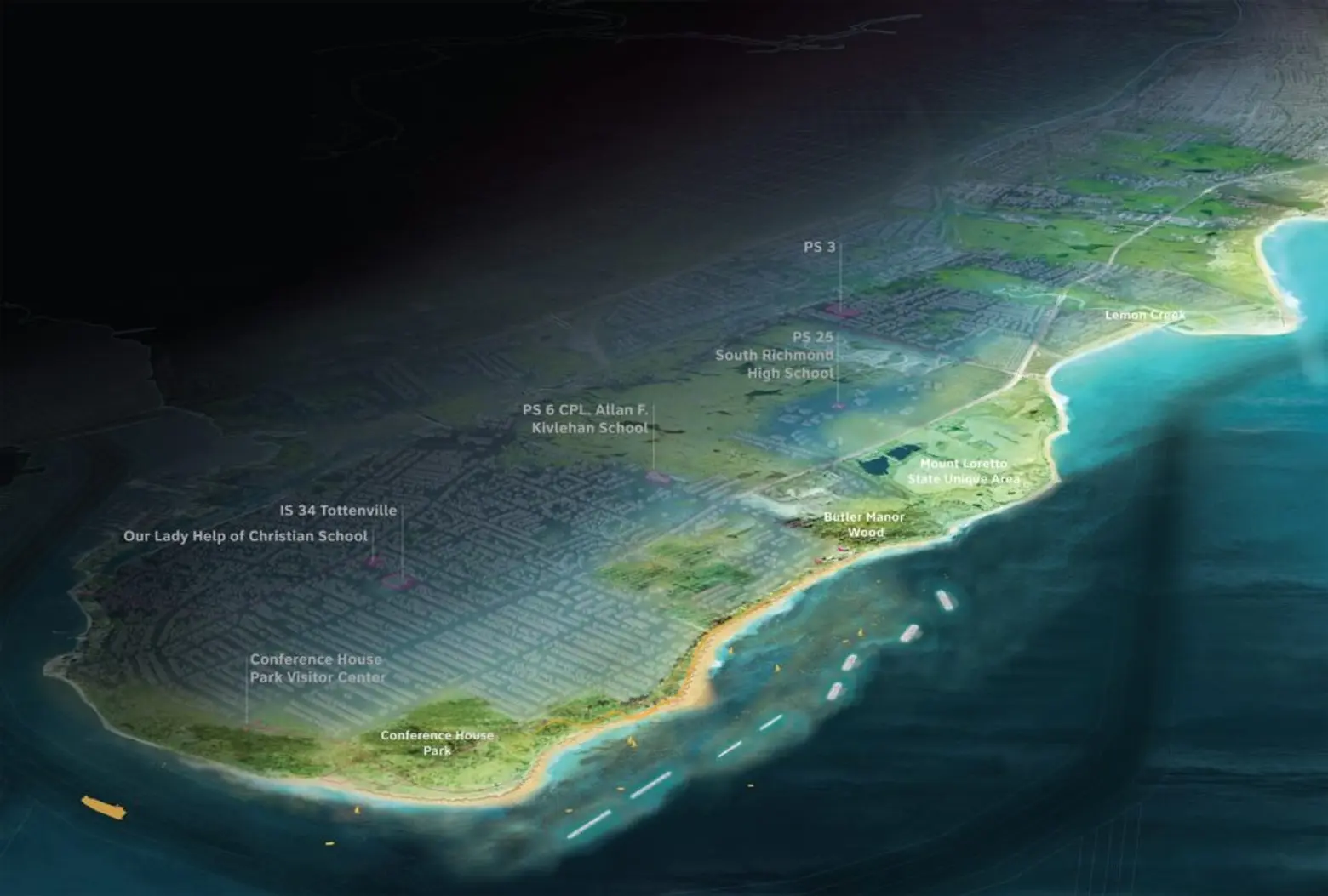
“New York is leading the nation in combating the climate crisis and building resilient communities. As we have experienced several historic storms this summer, extreme weather is the new normal and it is vital that we adapt to our changing climate,” Hochul said.
“Living Breakwaters exemplifies our long-term strategy to lessen the impact of storms, improve our shorelines and protect homes and businesses for generations to come.”
RELATED:




